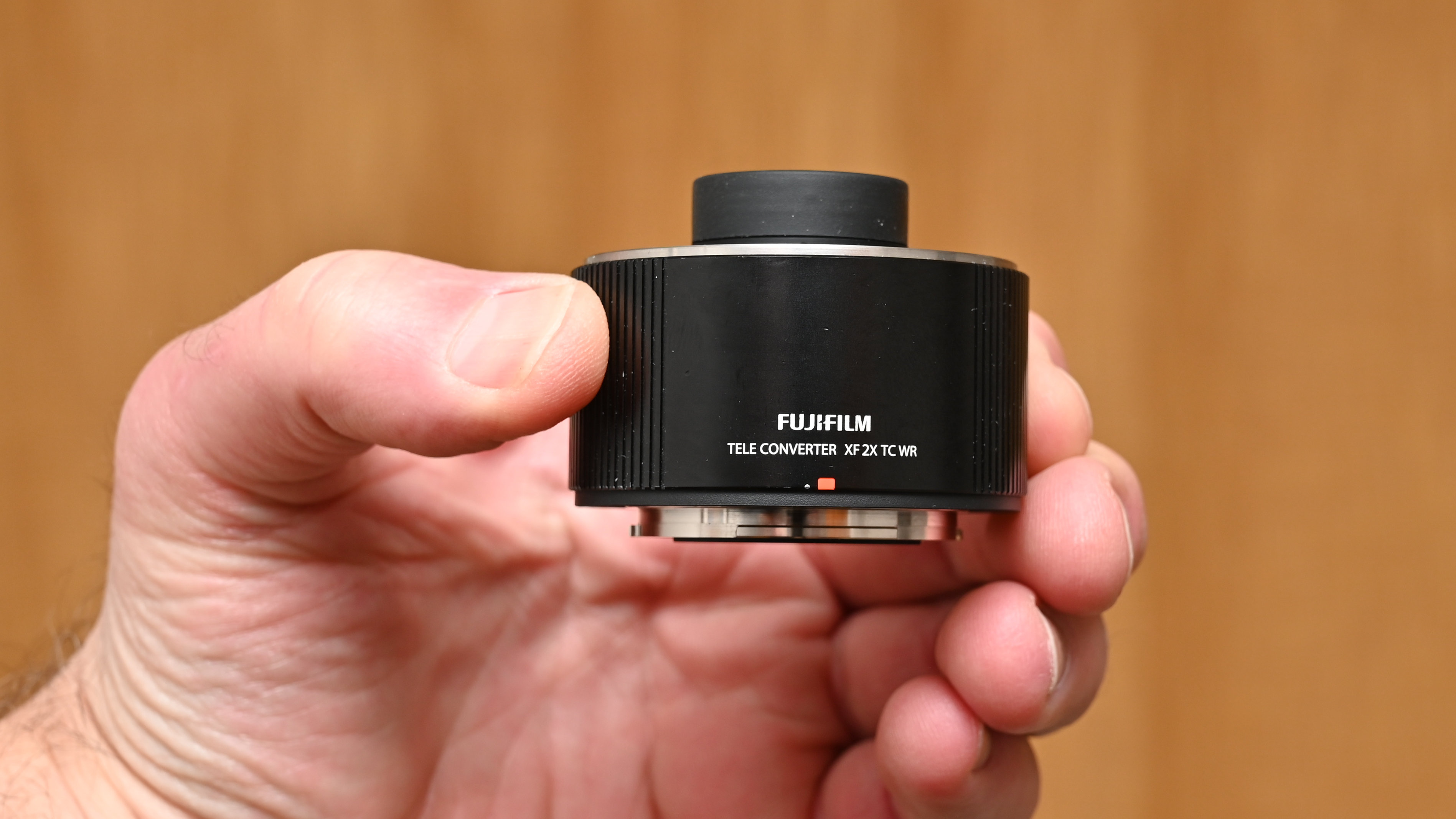
This 2x teleconverter is built for Fujifilm X-mount mirrorless cameras and, like many Fujinon lenses, has a WR (Weather-Resistant) construction. For Fujifilm shooters, it’s one of the best teleconverters and is compatible with some of the best Fujinon X-mount telephoto lenses. But the list isn’t a long one so if you’re not sure if it’ll work with your lens, here’s Fujifilm’s official teleconverter and lens compatibility chart.
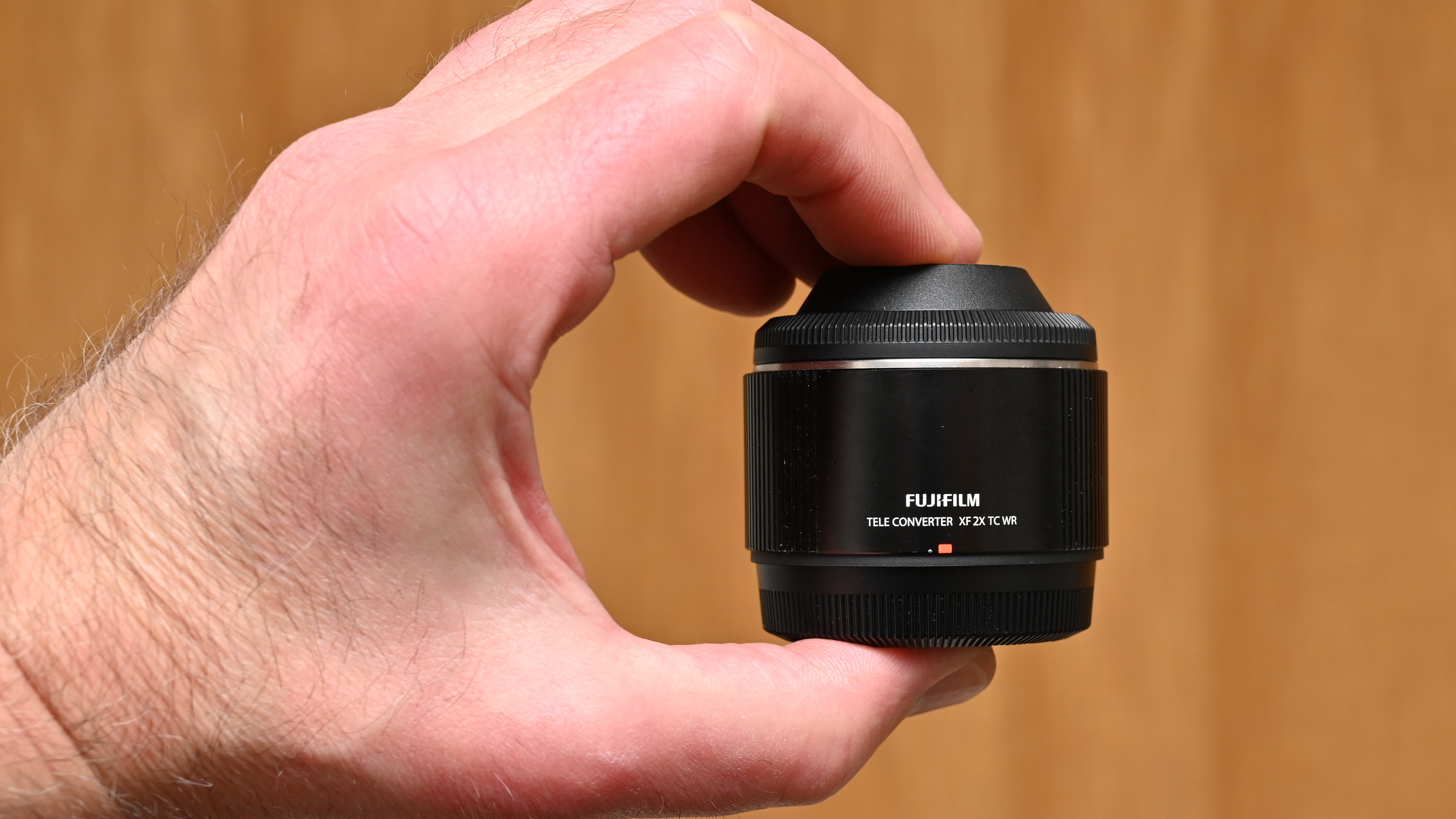
Fujinon XF2X TC WR: Specifications
Fujinon XF2X TC WR: Price & Availability
Priced at $449/£389, the Fujinon XF2X TC WR was launched back in 2016, a year after the smaller Fujinon XF1.4X TC WR teleconverter, which is similarly priced at $449/£369. When released, it was compatible with both the Fujinon XF50-140mm f/2.8 R LM OIS WR and Fujinon XF100-400mm f/4.5-5.6 R LM OIS WR. However, if you had pre-dating version of these lenses, you’d need to apply a firmware update to make them work with the teleconverter. It’s widely available from Fujifilm suppliers all around the world.
Fujinon XF2X TC WR: Design & Handling
One of the thinks I like about APS-C lenses and teleconverters compared with their full-frame equivalents is that they tend to be more compact and lightweight. The Fujinon XF2X TC WR is particularly small for a 2x teleconverter, at little more than inch long and weighing just 170g. From a handling perspective, there’s hardly any noticeable difference after adding the teleconverter, compared with using the main lens on its own.
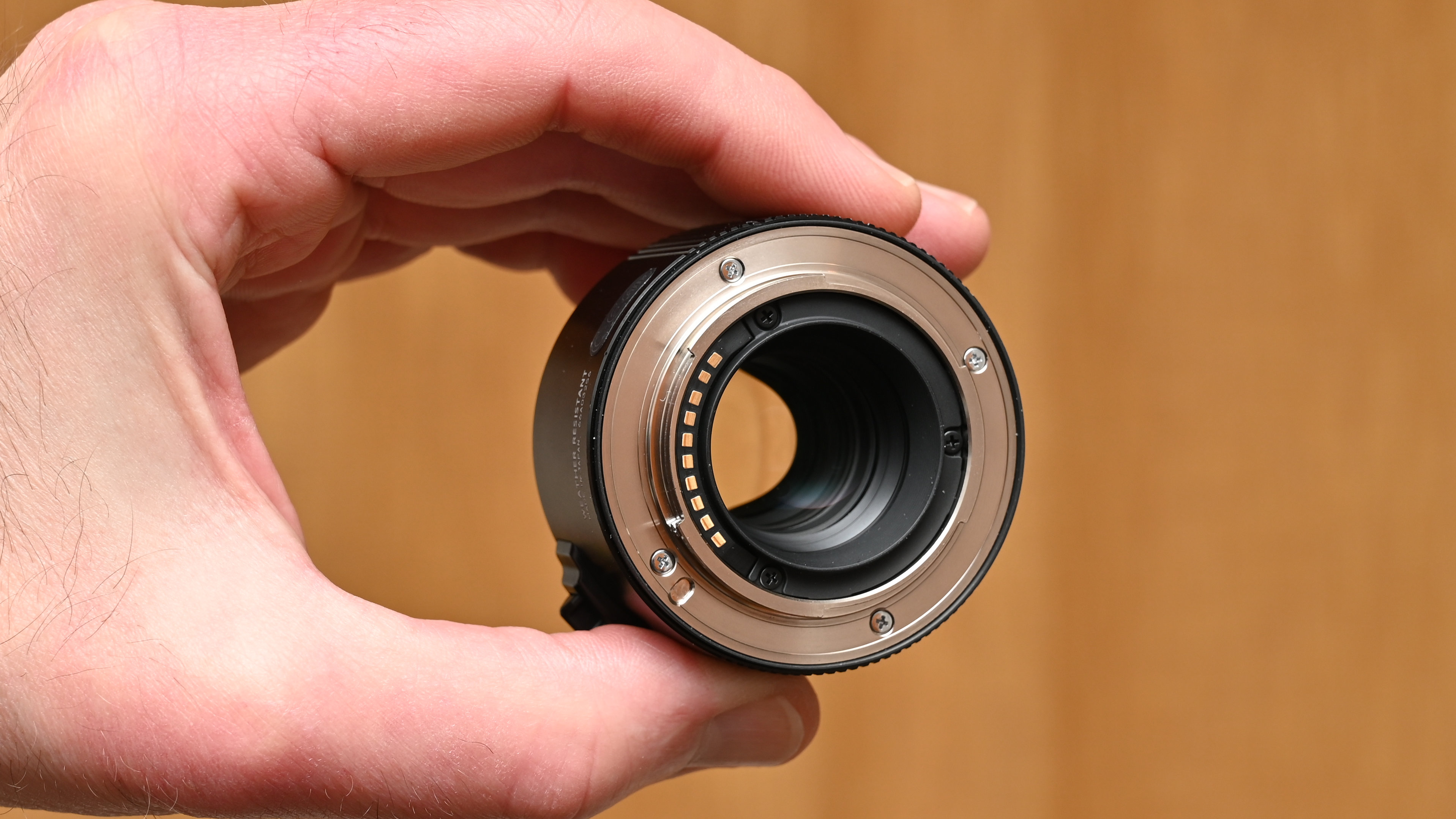
An important point for me is that, despite being small, a teleconverter should feel well built. After all, I’m likely to be hanging a relatively heavy (and expensive) telephoto or super-telephoto lens from it, and I want to feel it’s secure. Sure enough, this one feels really solid and up to the task, and it also features weather-seals. The teleconverter is actually sufficiently weather-resistant to be rated as usable in sub-freezing temperatures of -10 degrees Celsius, and probably even colder. The styling and quality of the finish makes it a good match for the up-market Fujinon X-mount telephoto lenses, for which it’s designed.
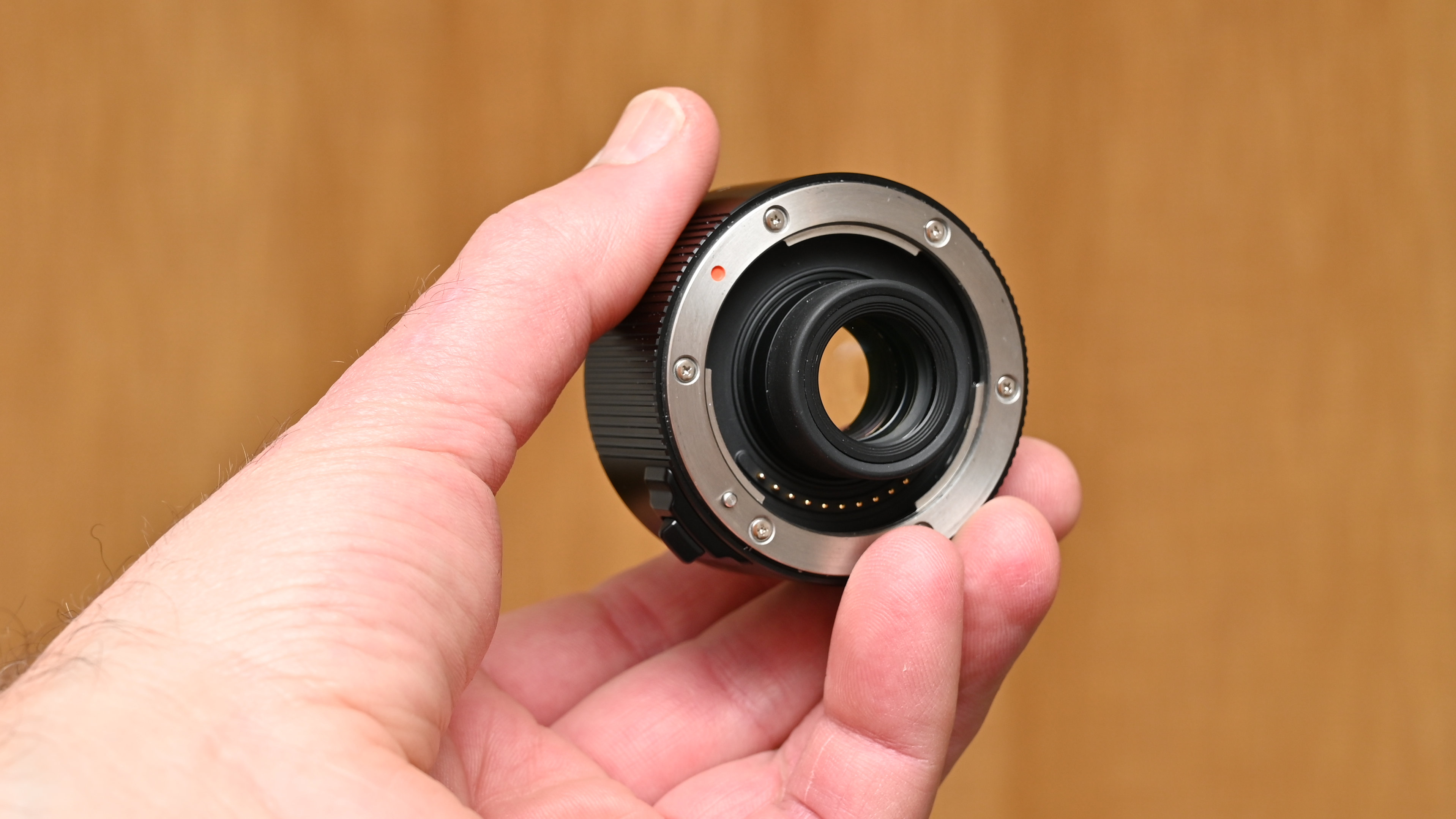
The relatively complex optical path consists of 9 elements in 5 groups, whereas the sibling 1.4x teleconverter has 7 elements in 3 groups. In both cases, as with nearly all teleconverters, the front section of the optical layout protrudes into a cavity at the rear of compatible lenses. Care therefore needs to be taken not to try and attach it to an incompatible lens which has insufficient space between the rear element and mounting plate.

Just as with other 2x teleconverters, the doubling in focal length comes with two f/stops of aperture reduction. I tested it with both a Fujinon XF50-140mm f/2.8 R LM OIS WR and a Fujinon XF100-400mm f/4.5-5.6 R LM OIS WR. These lenses are effectively boosted to 100-280mm f/5.6 and 200-800mm f/9-11, respectively. Apply the APS-C crop factor and, in full-frame terms, the focal lengths equate to 150-560mm and 300-1200mm, the latter becoming a real super-telephoto monster.
It's not just the focal length of lenses that gets magnified. The minimum focus distance of the main lens remains unchanged, so you effectively get twice the maximum reproduction ratio as well. That can edge into macro territory when using teleconverters with some lenses.
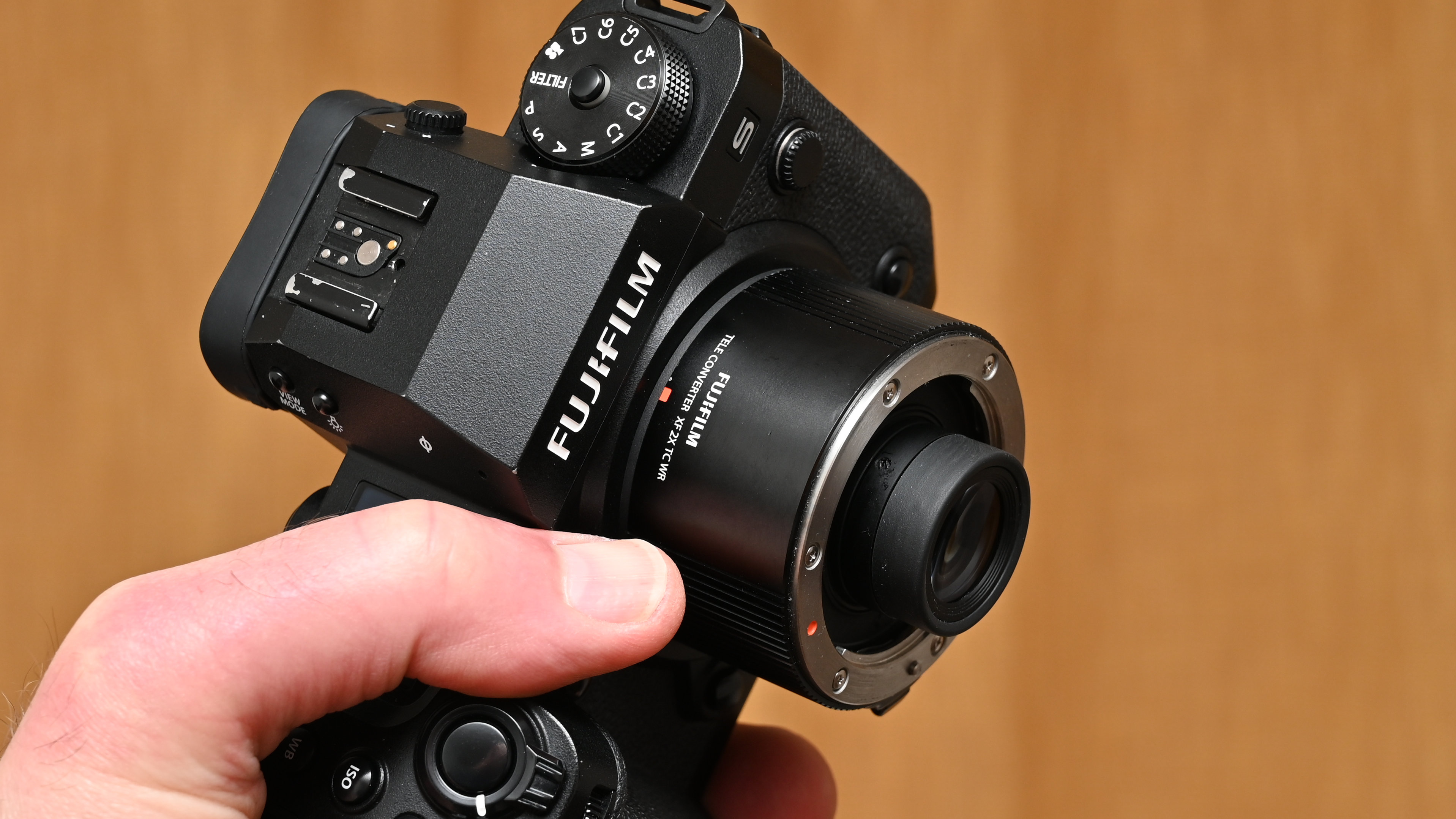
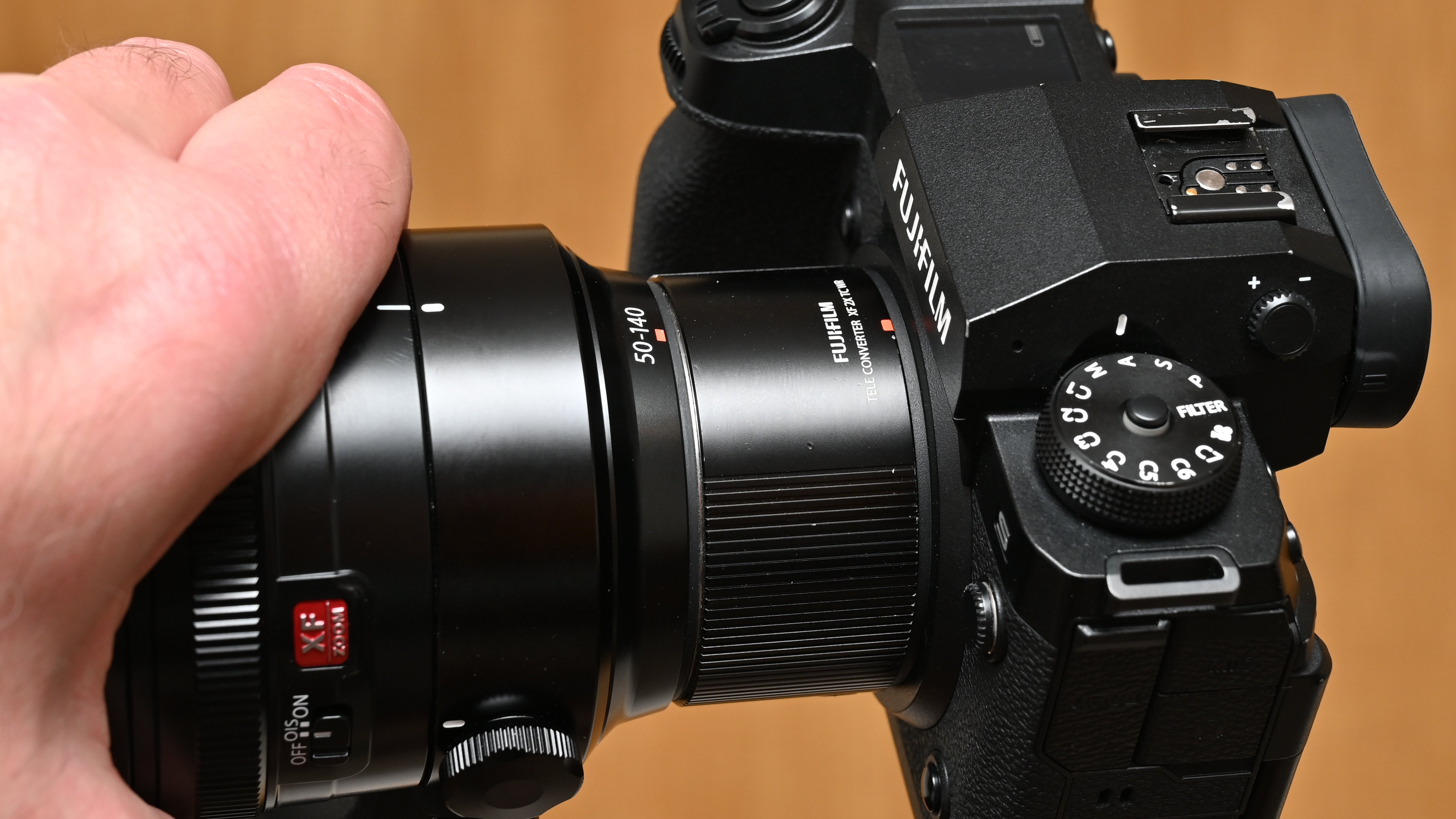
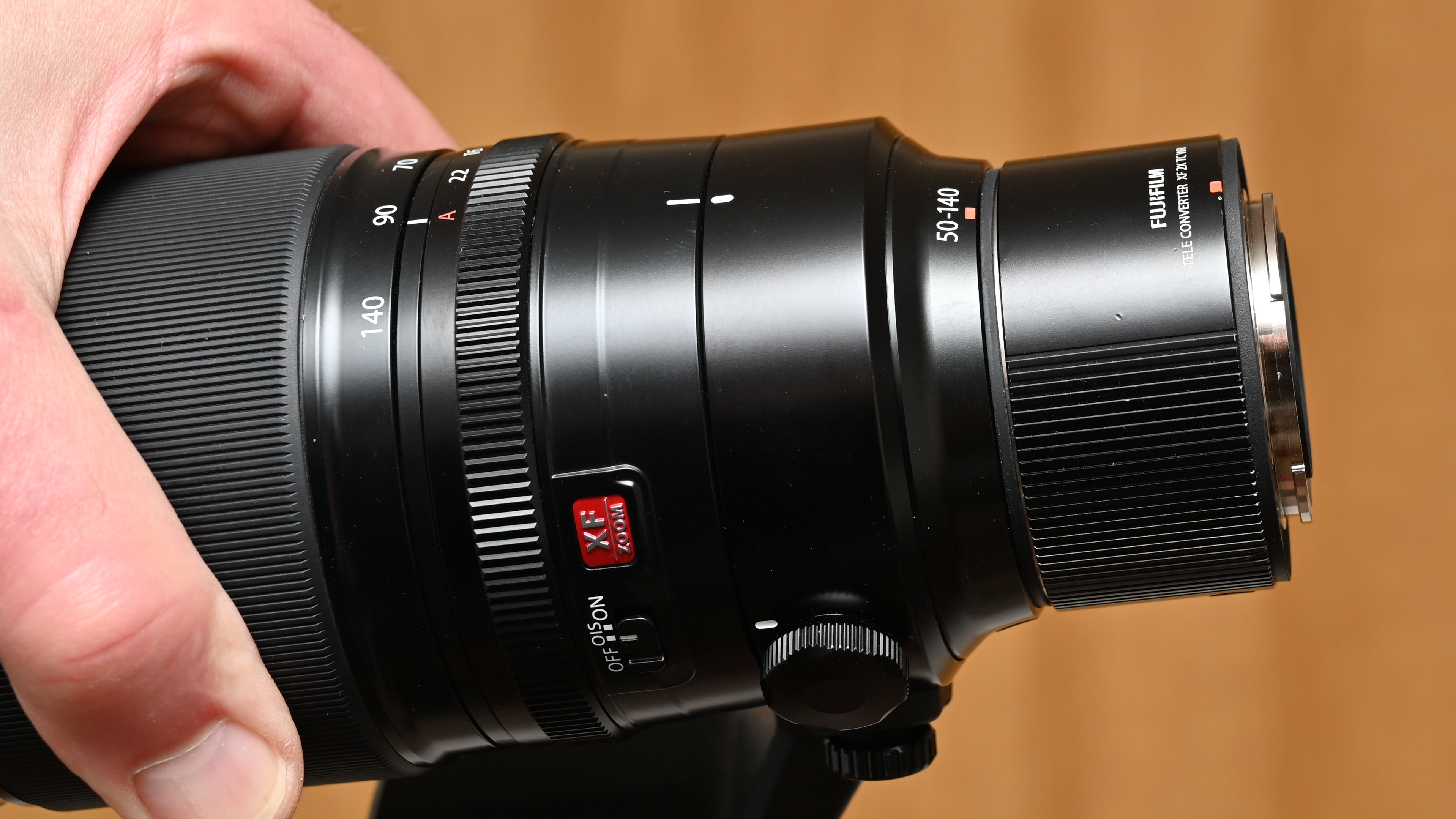
Fujinon XF2X TC WR: Photo Performance
Fujifilm states that the performance of optical image stabilization is unaffected by the teleconverter. In my tests with a high-performance Fujifilm X-H2s camera, I found that to be true, factoring in the faster shutter speeds demanded for handheld shooting at twice the focal length.
Autofocus is more of a challenge. I found that autofocus speed with the Fujinon XF50-140mm f/2.8 R LM OIS WR was relatively unaffected when using the teleconverter. However, the ‘slower’ aperture rating of the Fujinon XF100-400mm f/4.5-5.6 R LM OIS WR when used with a 2x teleconverter means that it’s more reliant on contrast-detection rather than on-sensor phase-detection autofocus, which is naturally slower and more prone to hunting. Either way, Fujifilm recommends setting Boost AF to the Normal setting in camera menus, where featured, to give the best autofocus performance possible, especially under low lighting conditions.
When it comes to image quality, Fujifilm claims that the optical performance of the main lens is maintained when using the teleconverter. That’s quite a stretch, especially for a powerful 2.x variant, which are somewhat notorious for degrading image quality to some extent. Sure enough, I noticed a drop in sharpness compared with using the main lenses on their own but the good news is that the drop is somewhat less than I’ve experienced with most teleconverters.
Fujinon XF2X TC WR: Sample Images
For the sake of comparison, the following gallery includes a series of shots taken with a Fujifilm X-H2s and a Fujinon XF 50-140mm f/2.8 R LM OIS WR on its own, as well as with both a Fujinon XF 1.4x TC WR Teleconverter and a Fujinon XF 2x TC WR Teleconverter. This shows differences between using the lens natively, as well as with the 1.4x and 2x teleconverters. The first sequence was taken from a viewpoint overlooking the city of Bath, UK, from a distance of half a mile, on an overcast morning. Due to deteriorating weather conditions with strong winds and heavy rain, the subsequent shots were taken indoors under photographic LED lighting. All of the example images were taken using a sturdy tripod and exposure delay mode, and shot several times to ensure the consistency of results. As per our usual testing regime, all of these images were taken in addition to the lab-test shots that we capture, based on the use of official test charts.



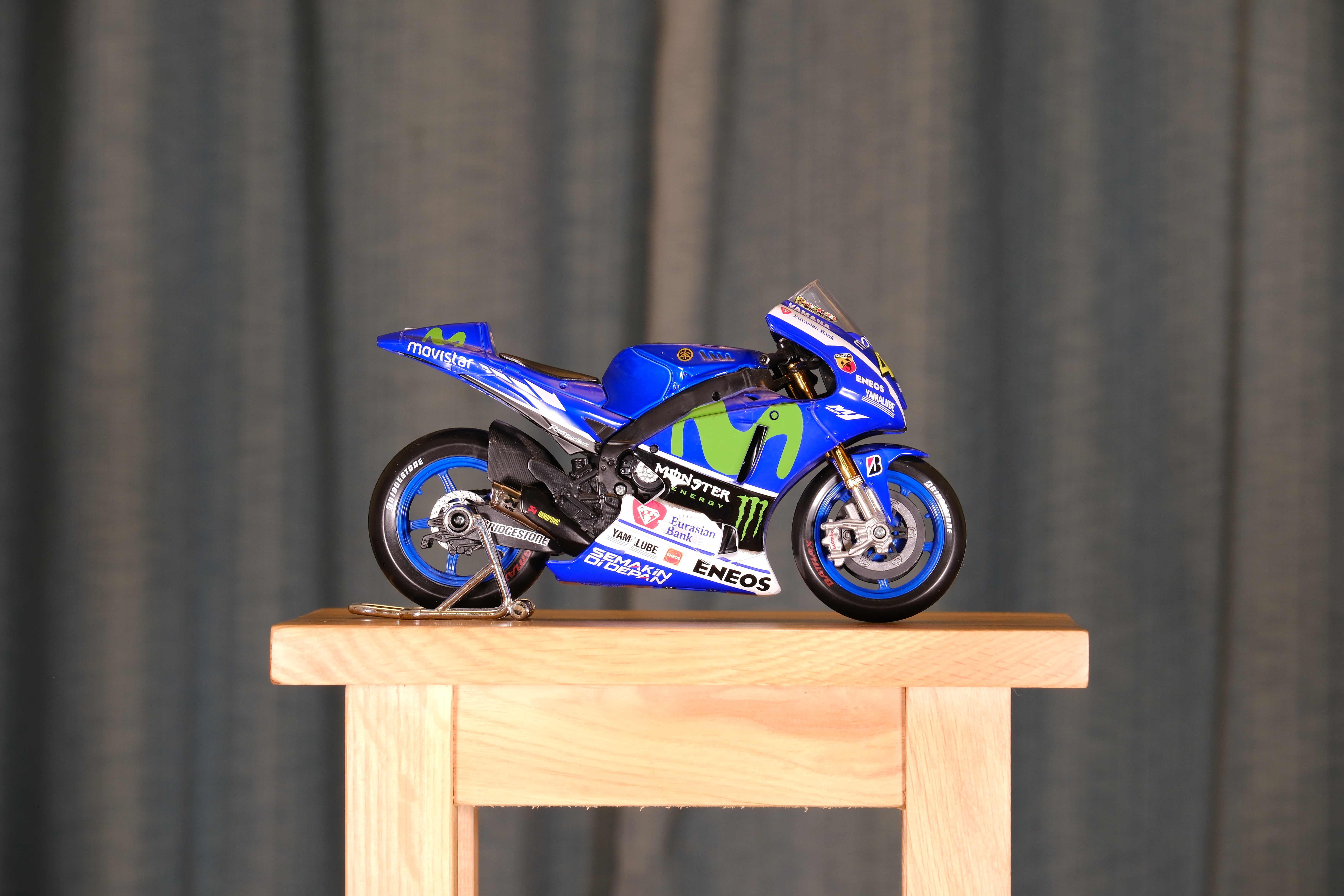
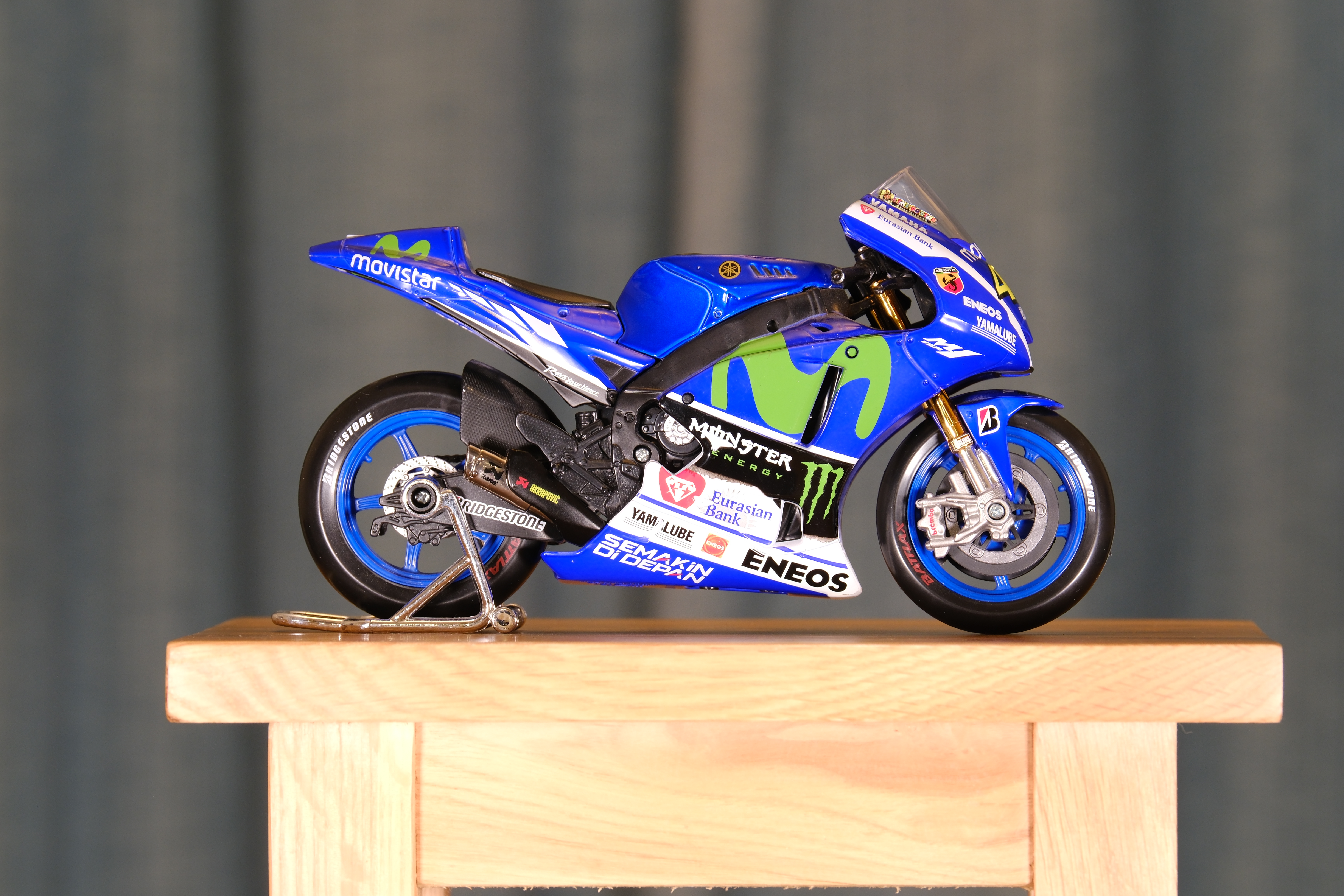
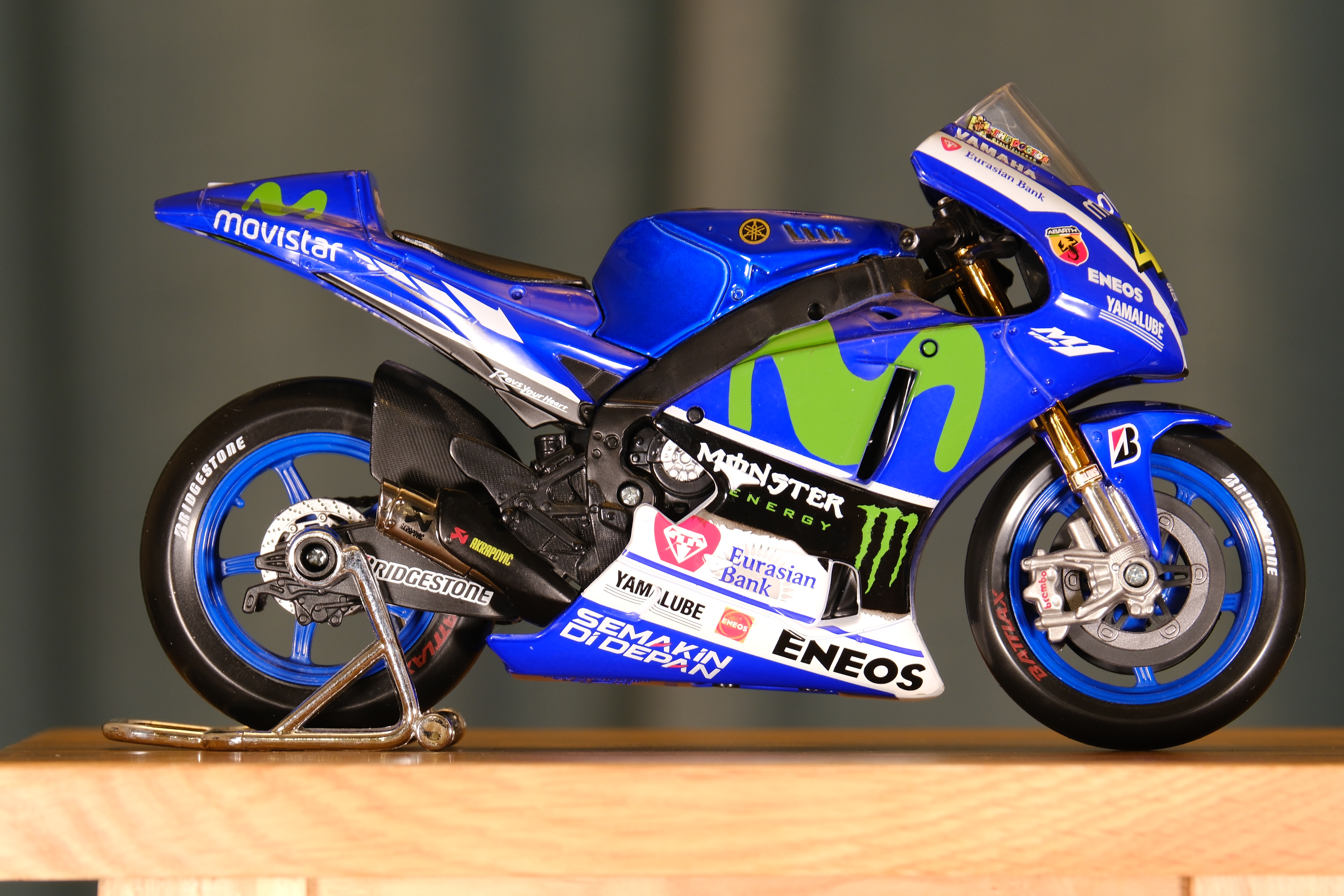
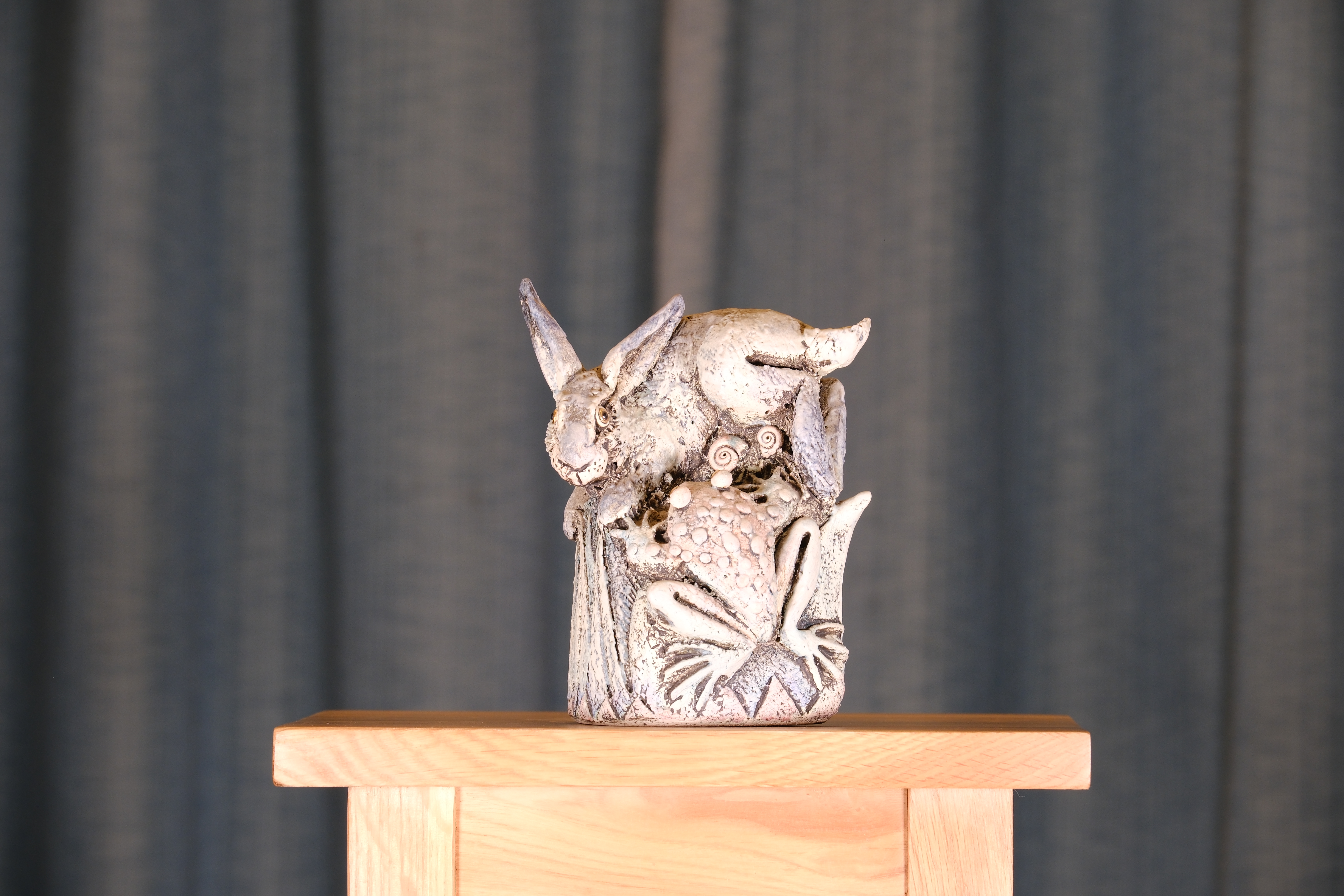
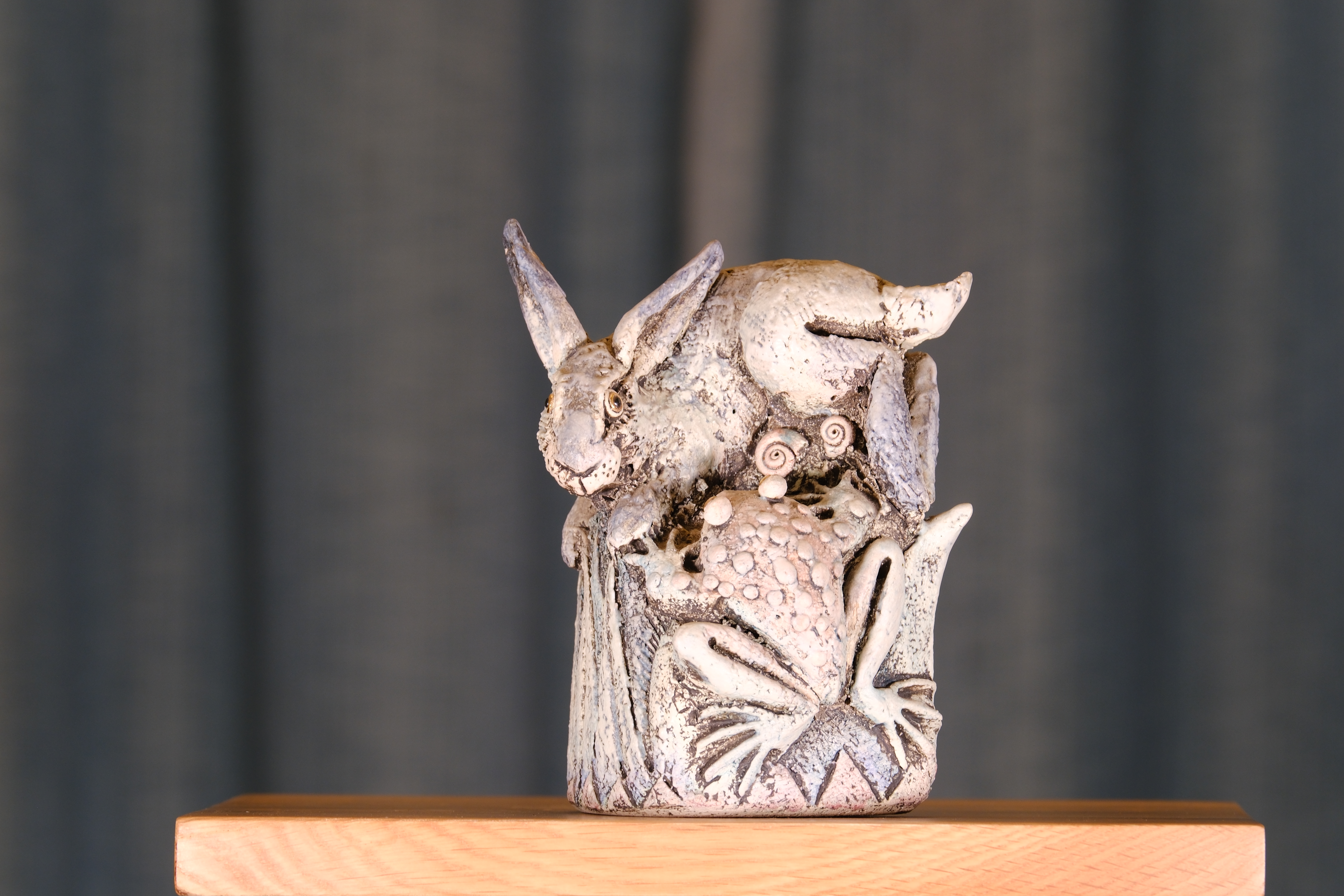
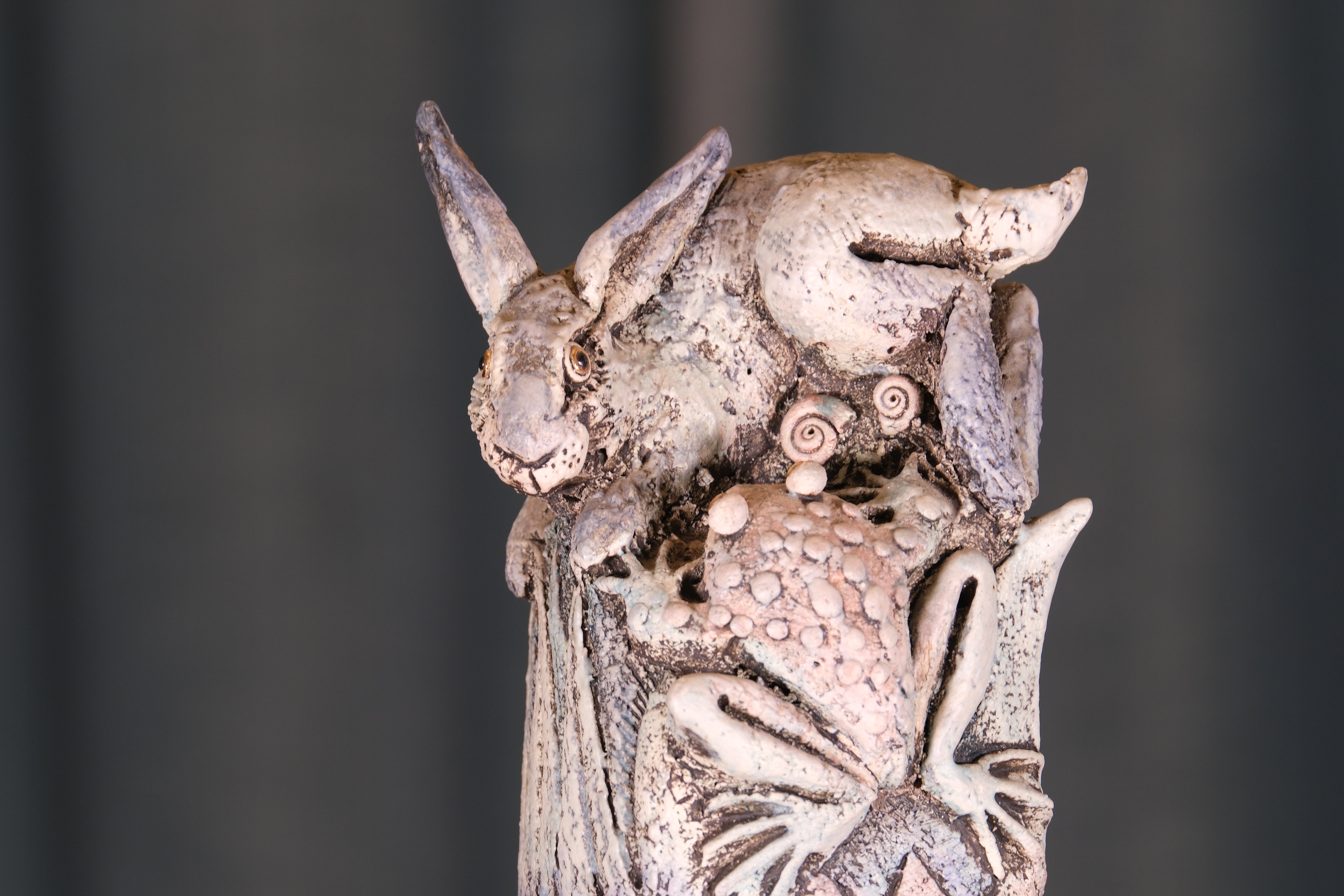
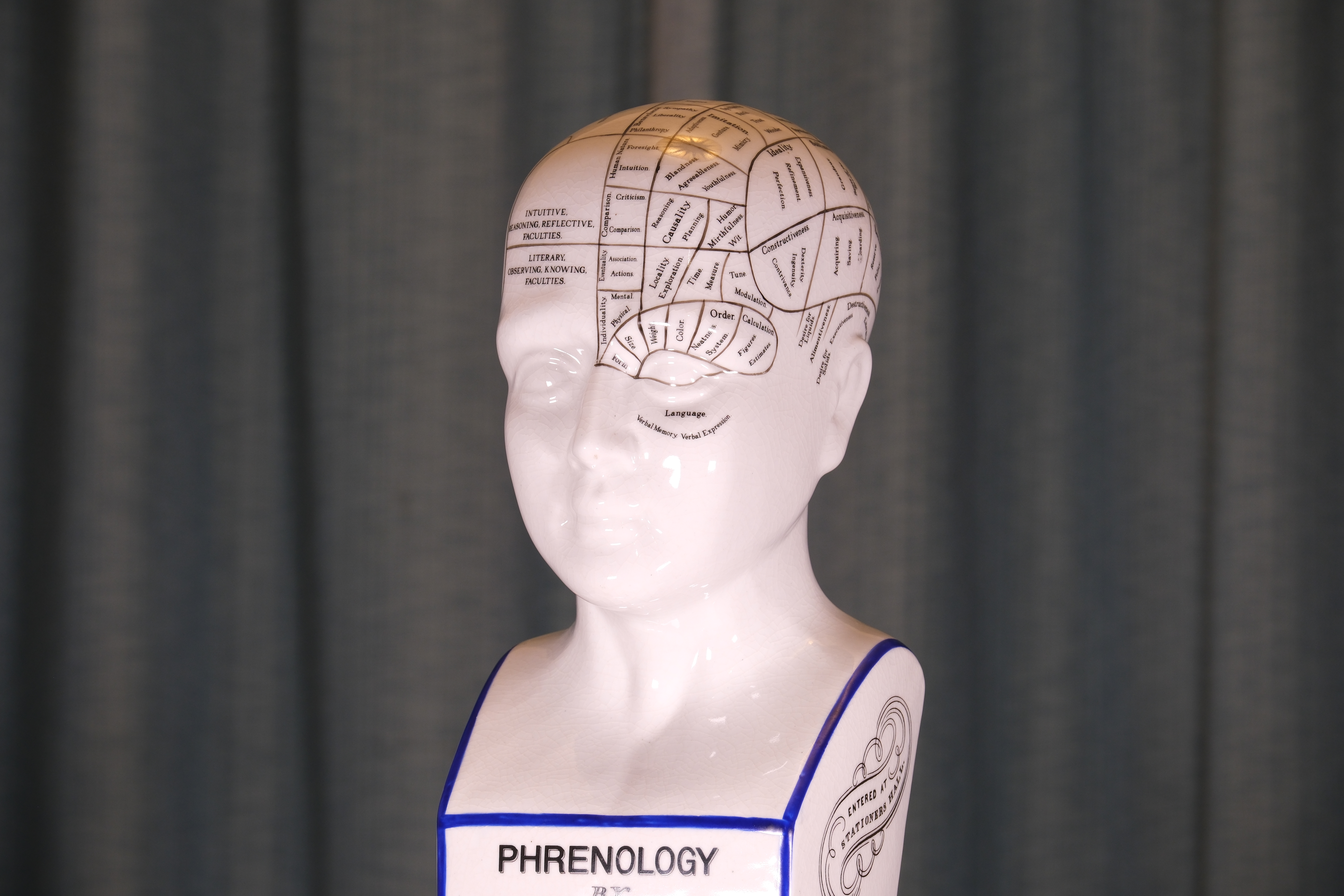
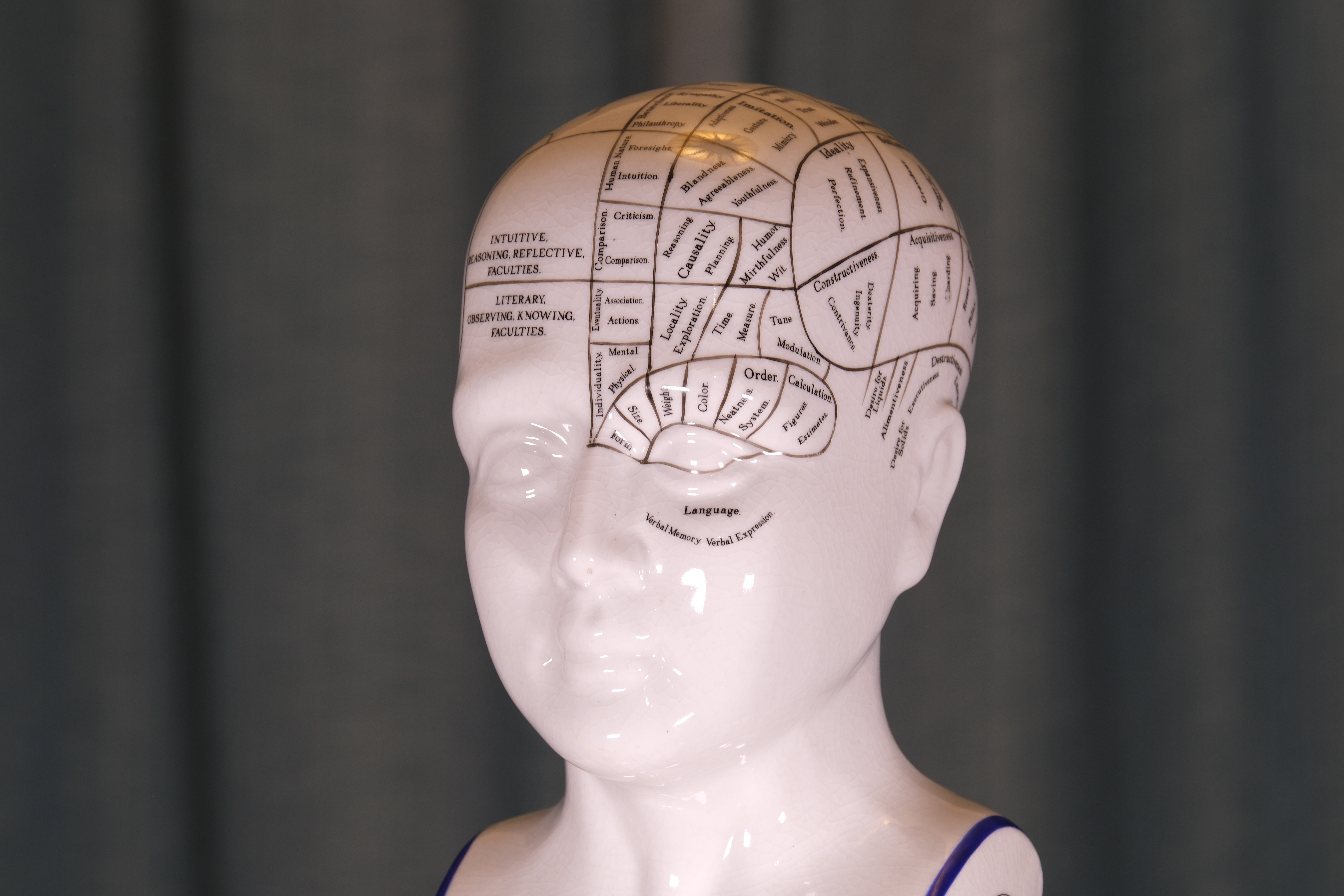
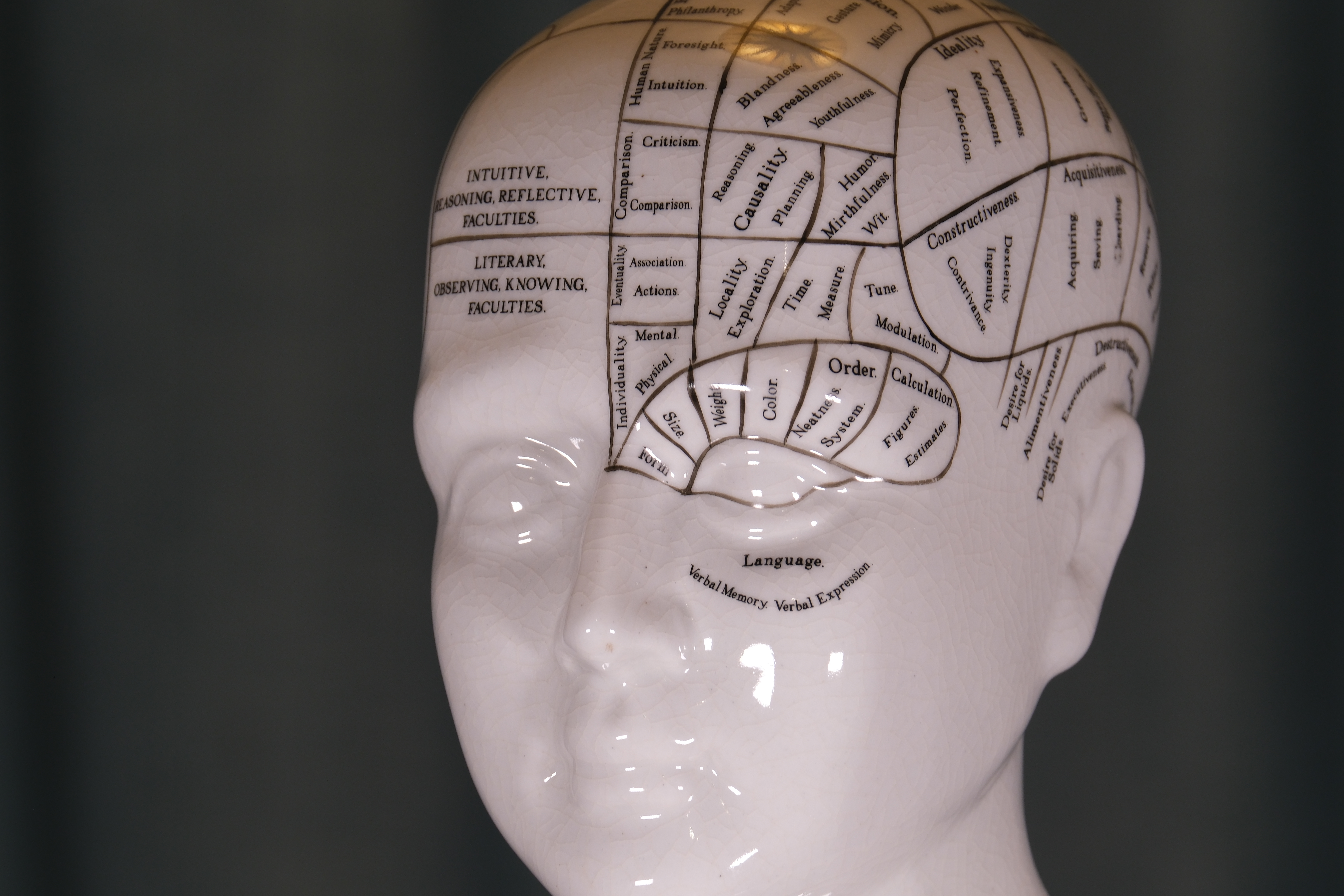



Fujinon XF2X TC WR: Lab Results
We run a range of lab tests under controlled conditions, using the Imatest Master testing suite. Photos of test charts are taken across the range of apertures and zooms (where available), then analyzed for sharpness, distortion and chromatic aberrations.
We use Imatest SFR (spatial frequency response) charts and analysis software to plot lens resolution at the center of the image frame, corners and mid-point distances, across the range of aperture settings and, with zoom lenses, at four different focal lengths. The tests also measure distortion and color fringing (chromatic aberration).
Sharpness:
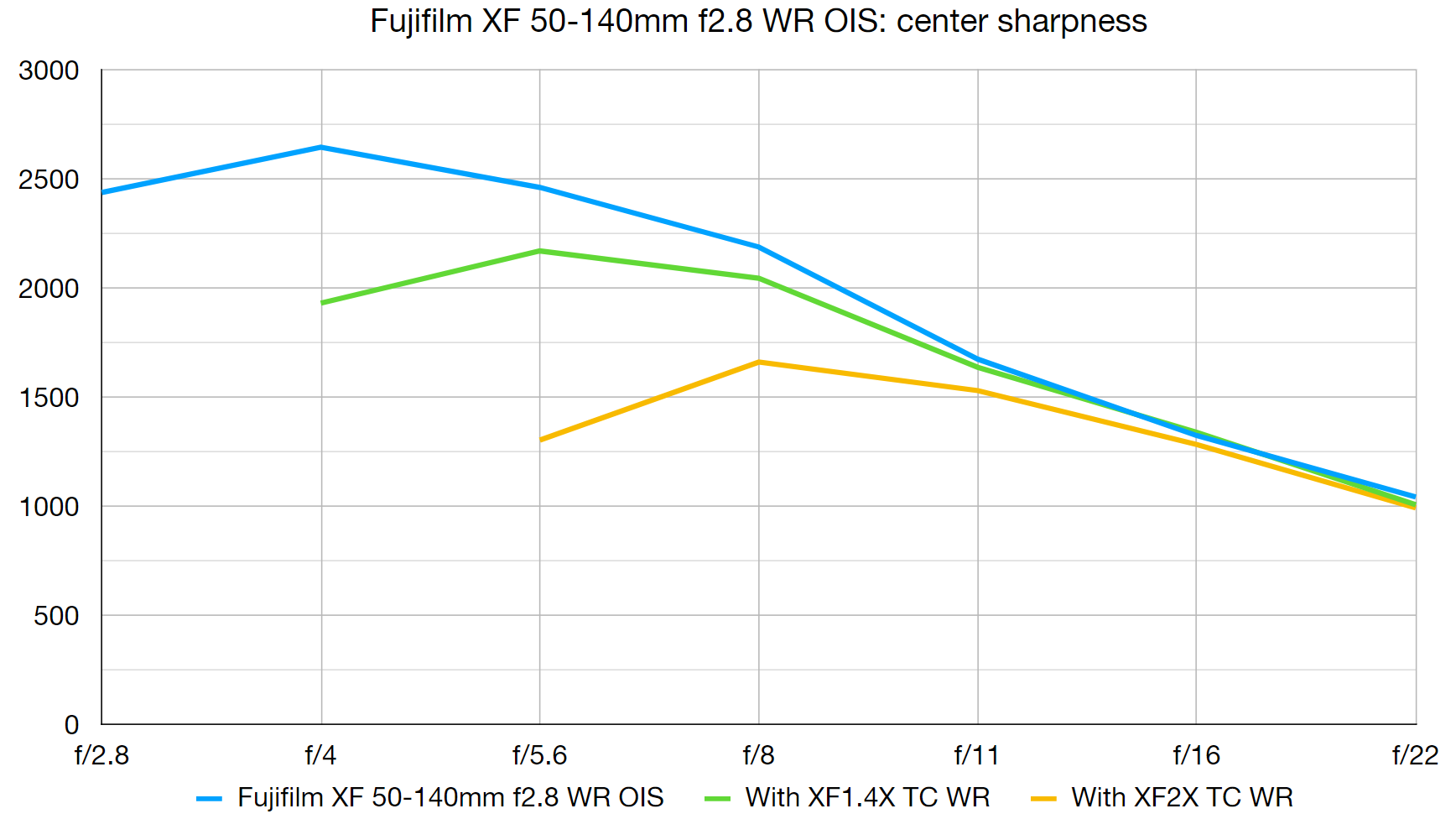
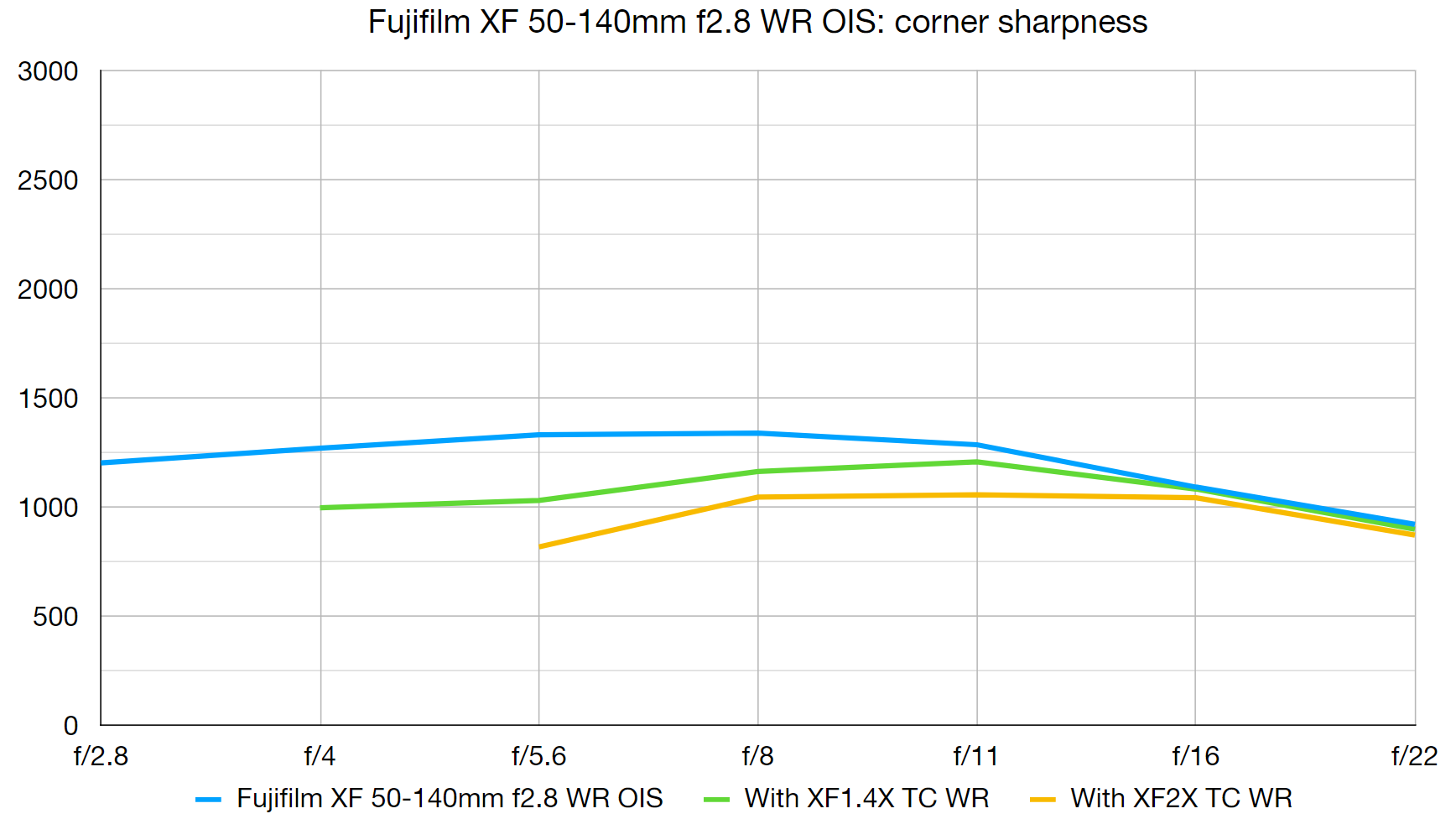
There’s a pretty much inevitable drop in sharpness levels, revealed in our lab test results, but the reduction is rather less than we’re usually used to seeing when using even the latest and most expensive 2x teleconverters.
Fringing:
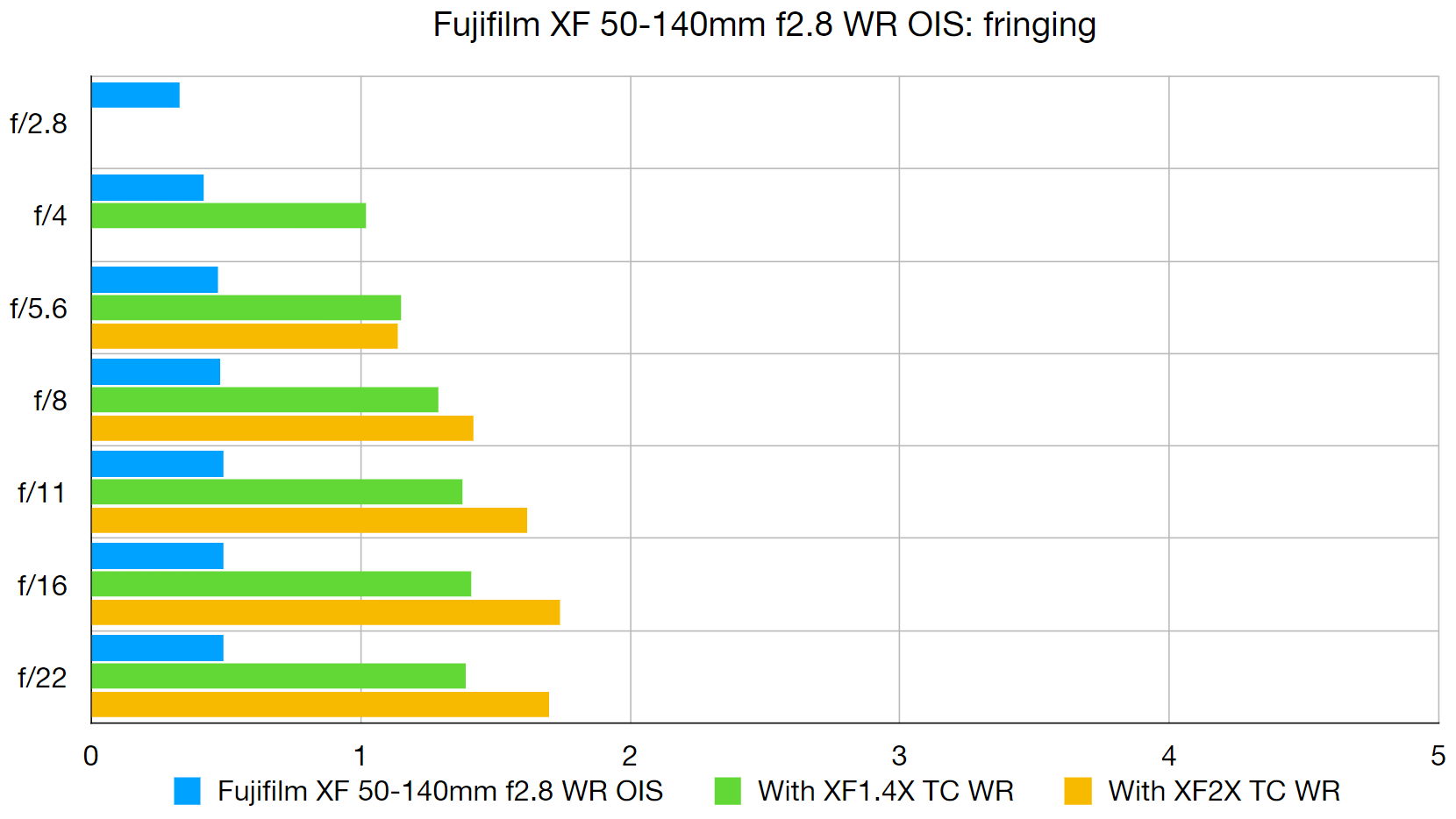
The increase in color fringing is barely any worse than when using the alternative Fujinon 1.4x teleconverter. Fringing can become a little noticeable towards the edges and corners of the image frame but in-camera correction can take care of it.
Distortion: -1.57
The noticeable pincushion distortion produced by the Fujinon XF 50-140mm at its longest zoom setting is replaced by a similar order of barrel distortion when adding the 2x teleconverter. Again, automatic in-camera correction is available.
Fujinon XF2X TC WR: Verdict
For me, one of the biggest attractions of the Fujinon XF2X TC WR is that it’s so small. Little more than a couple of inches long and weighing in at just 170g, it’s easy to pack and carry around. I found a little loss of sharpness when using it, compared with using high-quality Fujinon telephoto lenses on their own, but less so than when using many other high-quality 2x teleconverters. Images still have plenty of bite and clarity. All in all, it’s a neat bit of kit and a smart buy.

Should you buy the Fujinon XF2X TC WR?
✅ Buy this...
- Conveniently compact and lightweight
- Much cheaper than an extra super-tele lens
- Impressive build quality, good performance
🚫 Don't buy this...
- Might be incompatible with your main lens
- You’ll lose two f/stops in aperture
- Some noticeable image degradation



!["[T]he First and Fifth Amendments Require ICE to Provide Information About the Whereabouts of a Detained Person"](https://images.inkl.com/s3/publisher/cover/212/reason-cover.png?w=600)



